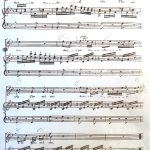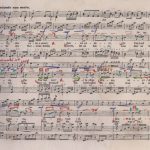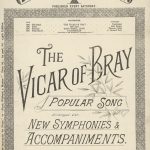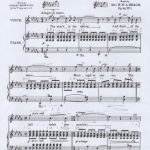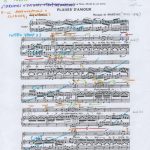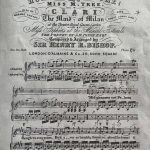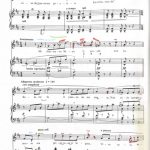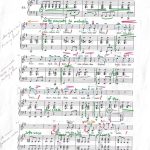In the 2023 Emulation Module, vocalists employed a novel, practice-led method to emulate (imitate) historical recordings. The process uses performance body skills to reimagine musical practices from the past. Early sound recordings documented musicians trained before the rise of modern style in the early twentieth century. These musicians’ expressive practices were part of a continuum of practice going back several centuries. The emulation exercise helps to embody a pre-modern aesthetic, which underpins the re-imagining of earlier styles and safeguards against the influence of modern training habits.
Vocalists are asked to undertake close listening and detailed annotation of scores, as well as record their singing to come as close as possible to the vocal styles heard on historical recordings.
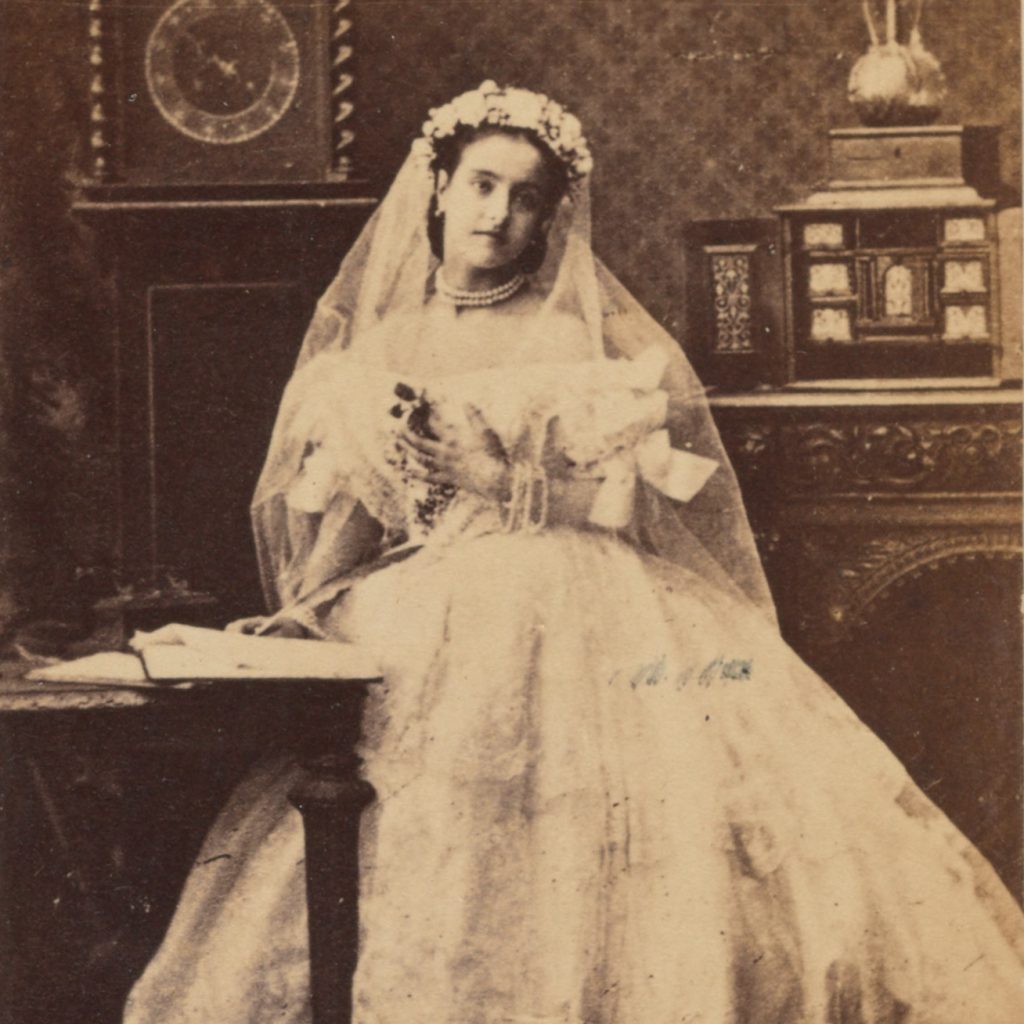
Adelina Patti was born in Madrid, Spain in 1843, the daughter of tenor Salvatore Patti (1800-1869) and soprano Caterina Barilli (d. 1870). Commencing her career at the age of eight, she became one of the most famous sopranos in the world, performing in England, the United States, Russia and South America amongst other locations. The beauty and purity of her lyrical voice and the quality of her bel canto technique led composer Giuseppe Verdi to comment that she was ‘an artist by nature, so perfect that perhaps there has never been her equal’.
The song ‘Voi Che Sapete’ (‘You Know What Love Is’) is one of the most popular arias from Mozart’s 1786 opera Le Nozze di Figaro (The Marriage of Figaro). The song is performed by the character Cherubino, a youth who becomes besotted with every woman he meets: due to his youth (his voice has not broken) the character is always played by a female singer. Patti’s version of ‘Voi Che Sapete’ was recorded in 1905 at her Welsh home, Craig-y-Nos Castle.
1905 Recording
2023/2024 EMULATIONS
Mhairi Lawson
The process of making the recording was to sing along with Adelina – I recall that simply by doing this, I was able to warm up and access head voice quite quickly. The tempo modifications and register changes to chest voice did not feel natural to me, however, now, performing a straight version of ‘Voi che sapete’ seems impossible.
I used Domenico Corri’s edition of the aria with a simplified piano part which I was able to play. Now, whenever I sing this piece, I generally combine Corri’s embellishments with Patti’s tempo modifications with an attempt to vary vocal timbre.
Anna Fraser
The emulative task, predominantly requiring aural and physical perceptions, is a rewarding process of conditioning the ear and other physiological senses associated with vocal artistry (how it feels) to create a ‘cover’ of another artist’s work through thorough analysis and technical adaptability. I learnt how to be more daring and flexible with my tone colour, an element in classical repertoire I had not considered exploring so extensively. Discoveries of greater light and shade in registral timbre brought to my attention additional possibilities for this opera standard. The process highlighted how engrained our modern habits (or others’ expectations) are in achieving a ‘classical’ sound production, particularly with repertoire learnt as a younger student.
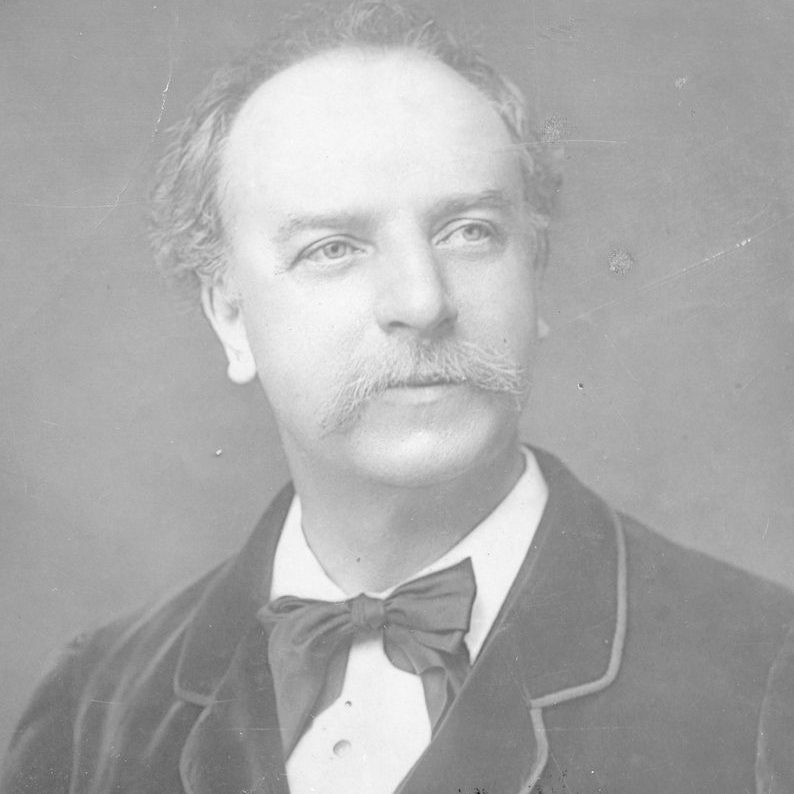
Charles Santley was born in Liverpool, England in 1834, the son of a bookbinder, organist and music teacher father. After studying bel canto techniques under Gaetano Nava in Italy, Santley made his operatic debut in Pavia in 1857. As one of the most eminent English baritones of the late-nineteenth century, Santley appeared in productions in Great Britain and North America and toured as far afield as Australia.
The traditional song ‘The Vicar of Bray’, which appeared in the eighteenth-century, is a satirical recounting of the career of ‘the Vicar of Bray’ and his flexible religious loyalties which changed in response to the beliefs of a string of English monarchs. Santley recorded this version of the song in 1903.
1903 Recording
2023/2024 EMULATIONS
Koen van Stade
Alex Wu
I learned some of the Bel Canto techniques from the first song assigned to me – “The Vicar of Bray” by Sir Charles Santley in 1903. In this recording, you will notice a lot of sudden and short portamenti (just between two notes), e.g. in the 1st and 2nd bars (In ⤴ good King Charles’s); then is the frequent alteration of tempi, which Charles did not sing according to the sheet indication, e.g. in the 8th and 9th bars, he slowed down briefly (so I got pre – fer – ment); another feature is a very artistry and performative singing expression according to the text, e.g. in the 5th, 6th, 7th bars (A zeal – ous HighChurch-man I was). The process I mainly used in emulation was close listening. By repeatedly listening to the original recording and comparing it with mine, I could recognize and emulate those techniques I mentioned above. Though I am not a trained singer, this research project inspired me that we should not be constrained to a particular style or taste of singing. And Bel Canto now gives me the gut to sing differently from now.
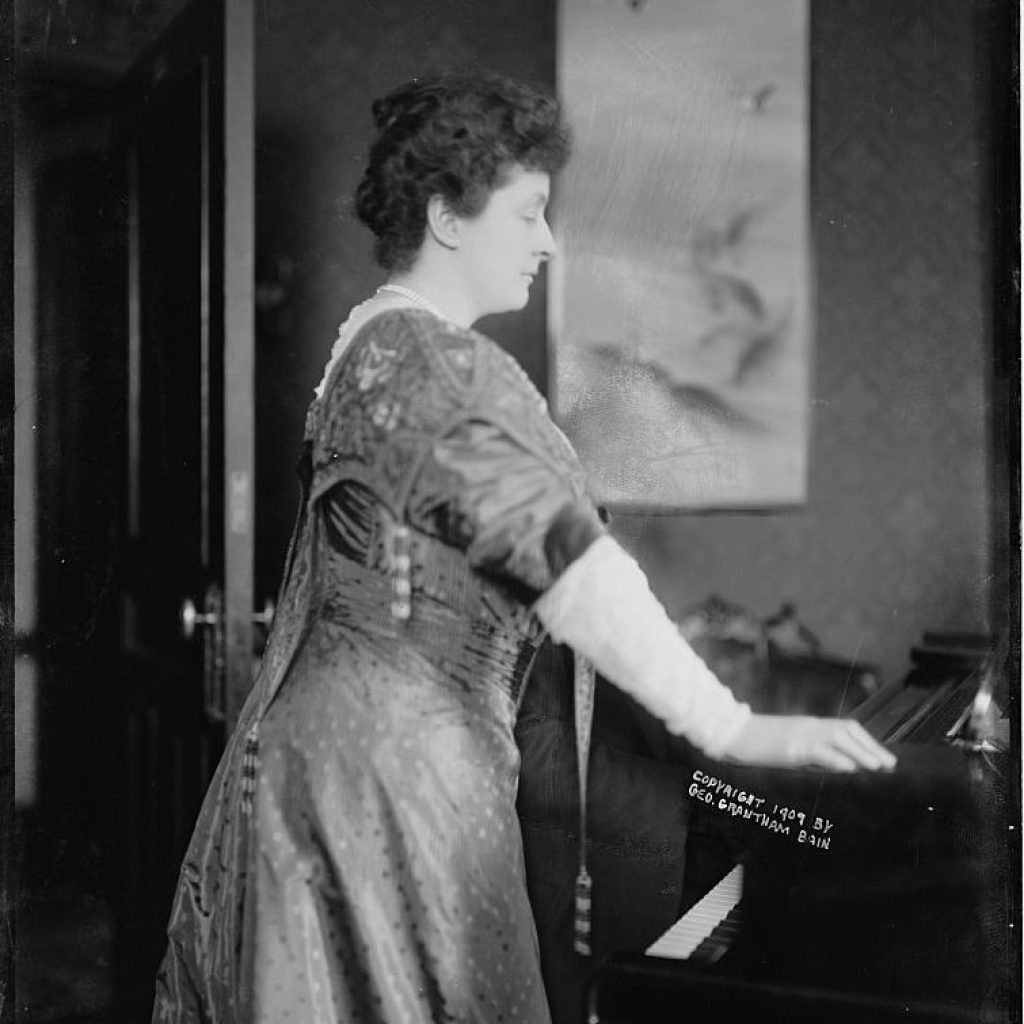
Emma Eames was born in Shanghai, China, the daughter of an American international lawyer. After studying singing in Boston, she moved to Paris and took lessons with the famous teacher of bel canto style singing, Mathilde Marchesi. She debuted with the Paris Opéra in 1889 and would go on to tour around Europe, and the United States and made several appearances in London and Monte Carlo.
‘The Year’s at the Spring’ is perhaps the best-known of American composer Amy Beach’s songs. The words were written by English poet Robert Browning, and ‘The Year’s at the Spring’ appeared in Beach’s work Three Browning Songs, Op. 44 in 1899. Eames recorded ‘The Year’s at the Spring’ for the Victor Talking Machine Company in 1905.
1905 Recording
2023/2024 EMULATIONS
Anna Fraser
Focusing on her sound quality including expressive idioms Eames’ utilises such as sliding effects, tremolo, articulation, and asynchrony, and with special attention on her treatment of language (accentuation of diphthongs, shadow vowels and active consonants), success in the execution of musical minutia aided how it felt to integrate pace and dramatic stamina to achieve close sonic picture. One challenging, but significant, restrictive element (disproportionate to my usual creative process): not being able to fully know the emotional intent behind a gesture, effect or shaping of a phrase, to ideally capture a specific sentiment in the music. I continue to actively practice a high level of expressive shaping and contoured detail in all my creative opportunities – I have definitely discovered more wonderful choices to consider and integrate, as words demand, through this exploratory task.
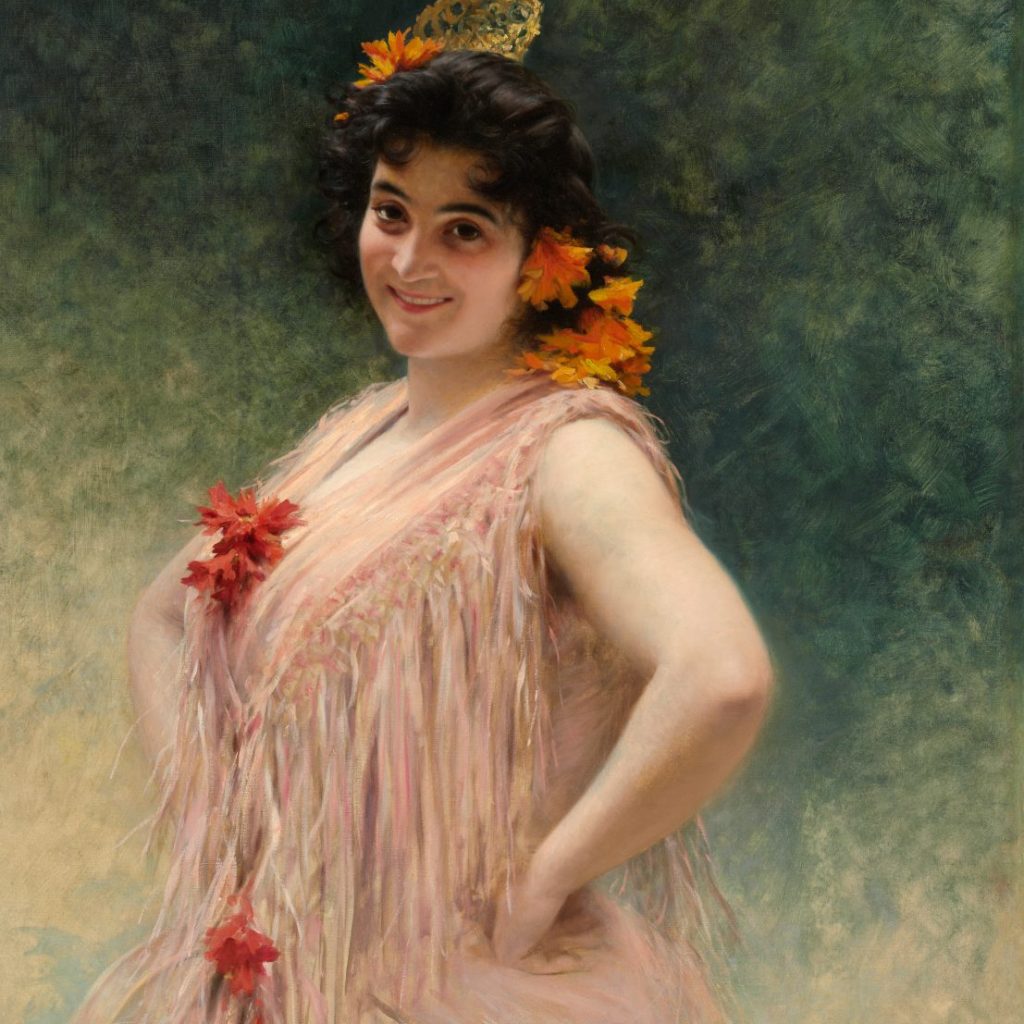
Emma Calvé was born Rosa Emma Calvet in the coal mining town of Décazeville, Aveyron, France. She made her debut as Marguerite in Gounad’s Faust at Brussels’ La Monnaie theatre in 1882 and studied under bel canto teachers Mathilde Marchesi and Manuel Garcia. She was soon travelling around the world, including Italy, Spain, the United States and Britain. She was celebrated for her performance in the title role of Bizet’s Carmen, which she sang for the first time in 1892.
‘Plaisir d’Amour’ is a French love song composed by Jean-Paul-Égide Martini in the late-eighteenth century using text from a poem from Jean-Pierre Claris de Florian’s novel Célestine. Calvé was recorded singing the song in 1908, but it features heavily in popular culture to the present day.
1908 Recording
2023/2024 EMULATIONS
Anna Fraser
Emulating this early recording was a great opportunity to discover interesting textures inherent in Calvé’s treatment of language, expressive effects, breathing, phrasing, and timbral choices. Tempo rubato features in her early recordings: one of the more challenging aspects of the emulation process – how to gauge the expressive ‘push and pull’ to make it sound instinctive. Rhythmic syllabification, shadow vowels and articulated aspiration of vowels over moving notes occurs drawing out of the rhythm.
Adopting mixed tone quality with a blend of both head and chest results is more distinct qualities across the range of the song. Many additional breaths tie in with the articulation and alteration of rhythms however the sense of the longer phrase is never lost – we clearly here the text and get a sense of subtext associated with the artist’s emotional connection to the words. Use of the breath to produce sliding trembling (tremolo) effects result in articulated chromatic sobs adding drama and emotion to the musical setting of the beautiful words.

Sir Henry Rowley Bishop by Samuel William Reynolds, published by Colnaghi & Co, July 1822 | National Portrait Gallery
English composer Sir Henry Rowley Bishop composed ‘Home, Sweet Home’, with American John Howard Payne’s lyrics, for the opera Clari, or the Maid of Milan in 1823. The song was immediately successful worldwide. Soprano Adelina Patti recorded ‘Home, Sweet Home’ towards the end of her career, but had reportedly first sung it over forty years earlier, in 1862, at the White House when President Abraham Lincoln requested it of her. She finished her performances with ‘Home, Sweet Home’ from then on.
1905 Recording
2023/2024 EMULATIONS
Anna Fraser
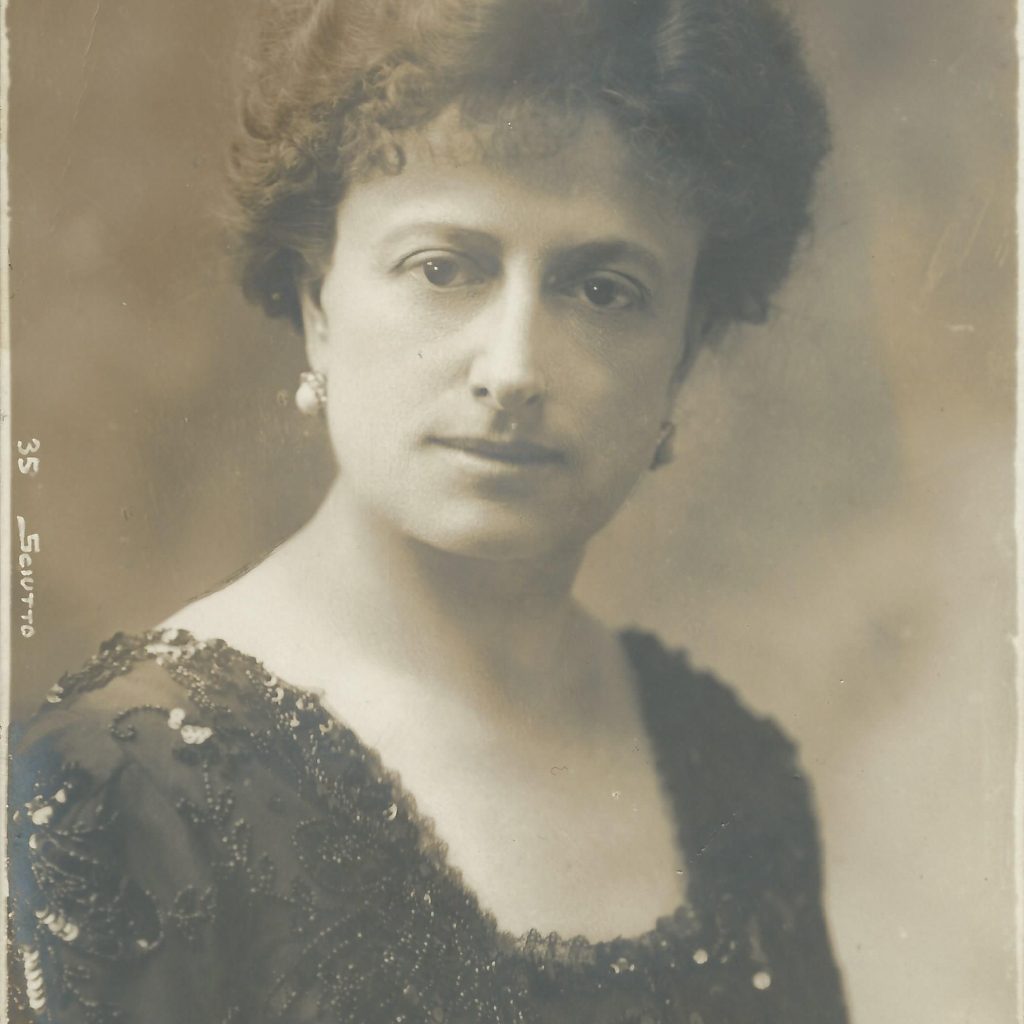
Cesira Ferrani, born Cesira Zanazzio in Turin, Italy, was a soprano best known for her roles in Puccini’s Manon Lescaut and La Bohéme. ‘Mi Chiamano Mimi’ (‘They Call Me Mimi’) is a song from La Boheme, an opera set in Paris that depicts the bohemian lifestyle of a seamstress (Mimi) and her friends. Ferrani played Mimi in the opera’s debut at the Teatro Regio in Turin in 1896, and recorded this version in 1903.
1903 Recording
2023/2024 EMULATIONS
Susi Bishop
I really enjoyed taking part in this project, and found it helped me not only solidify my understanding of my own vocal technique, but also to increase my confidence in the range of expression and tonal palette at my fingertips.
I approached my emulation first by listening to the original recording closely a few times through, and then working phrase by phrase notated the various expressions in my score and the tonal qualities too. I was interested particularly in the use of senza vibrato being a fuller bodied sound and more spun than i am used to hearing in contemporary singing practices. I then went back and sung through phrase by phrase, and recorded each phrase. I would then listen back and compare these to the original. I made a few attempts until I was happy and adjusted the notations in the score in any places that they needed it. Then I tried to do a full run where I tried to tie the expressions back to the emotional terrain of the lyrics, whilst still feeding it through the mechanics of my trained technique.
I feel that in taking on this challenge, the excitement of new boundaries of expression and vocal timbres opened up and the feeling of permission to try something outside my normal range has inspired me to be more free with my vocal usage without being reckless with my technique. Thanks for inviting me to take part in this process and I look forward to seeing it continue to grow.
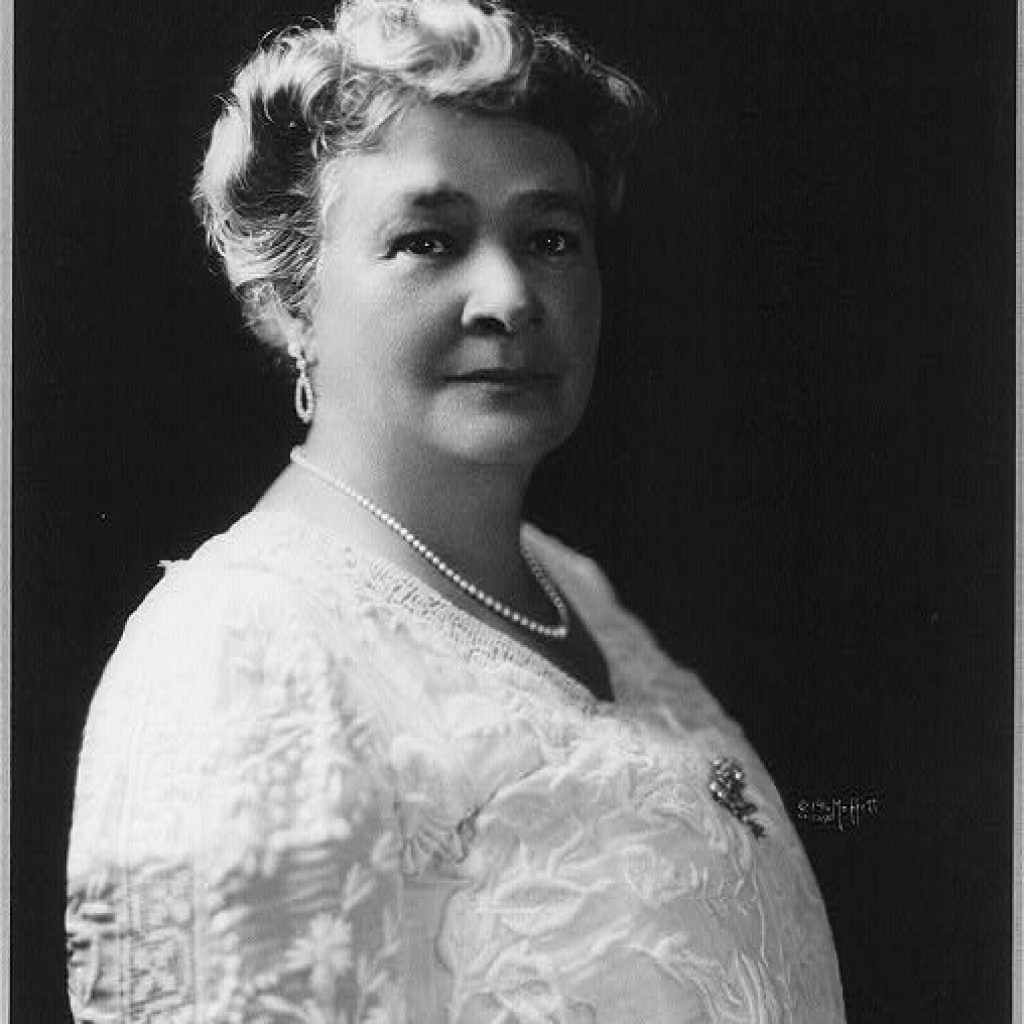
Ernestine Schumann-Heink, born Ernestine Amalie Pauline Rössler in Libeň, Bohemia, was an Austrian-American mezzo-soprano. She made her operatic debut at the Royal Opera House in Dresden in 1878, playing the role of Azucena in Giuseppe Verdi’s Il Trovatore. She commenced her international career in 1892, travelling to London, and eventually settling in the United States. She did her first recordings in 1900, but this recording of Schubert’s ‘Der Tod un das Mädchen’ was recorded in 1923 when she was living in California.
Franz Schubert composed ‘Der Tod un das Mädchen’ (Death and the Maiden) in 1817. The lyrics are based on a poem by German poet Matthias Claudius. The song depicts a young girl pleading with Death to pass her by and not take her life.
1923 Recording
2023/2024 EMULATIONS
Marine Fribourg
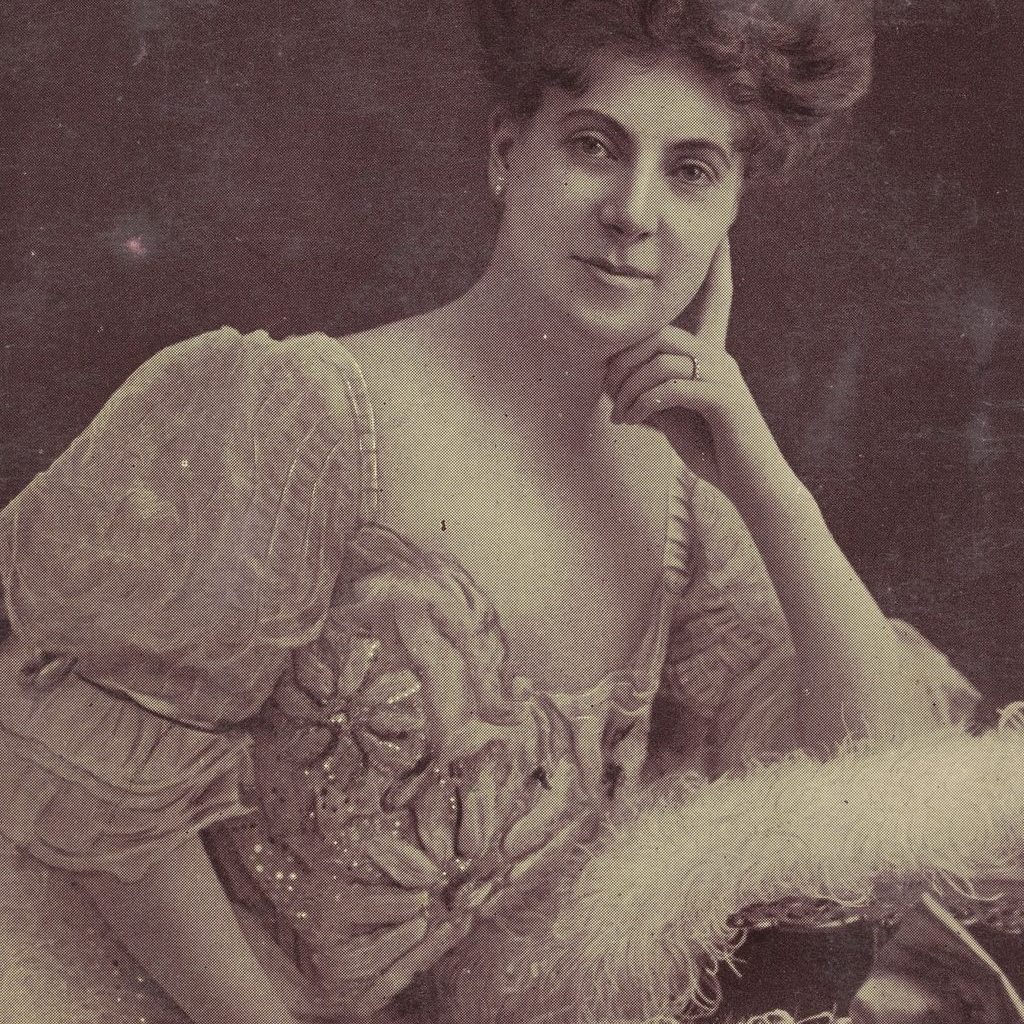
Ada Crossley, born in Tarraville, Gippsland, Victoria, was an Australian contralto. After studying in Melbourne during the 1880s, she made her public debut, becoming well-known in that city as well as in Sydney. In 1894, she travelled to London, where she trained with Charles Santley and then to Paris, where she studied under Mathilde Marchesi. She went on to perform in London and Manchester, and other oratorio festivals throughout Britain. Her voice was described as having ‘the luscious richness of a Carlsbad plum combined with the translucent purity of rock crystal’. During a trip to the United States in 1902-03, she recorded a number of tracks including Giordani’s ‘Caro Mio Ben’.
‘Caro Mio Ben’ (‘My Dear Beloved’) has a contested provenance. For many years, it was attributed to Giuseppe Giordani. However, scholars now believe that it was Giuseppe’s brother Tommaso who composed the work in London.
1903 Recording
2023/2024 EMULATIONS
Hazel Akyaz
Ada Crossley’s singing was an excellent example of different registers and phrasing. Being a student by two famous transmitters of the 18th-century bel canto tradition, namely Mathilde Marchesi and Charles Stanley, in Crossley’s recording, Garcia’s theory related to three different registers is relatively notable. Her chest register is energetic, whereas she uses a more rounded sound in the head register. Her middle range is also lighter and more clearly pronounced regarding this tradition. In terms of interpretation, she has, especially in the repetitions and in the second part of the song, a more intimate approach through which she achieves a sottile sound. Her phrasing, wise use of accent at the beginning of each bar and suprising tempo changes at the end of the recording also demonstrate the flexibility of her instrument. For the emulation, I recorded short parts of the song and analyzed them. In the future, I will use this process to flexibility of my registers and phrases.
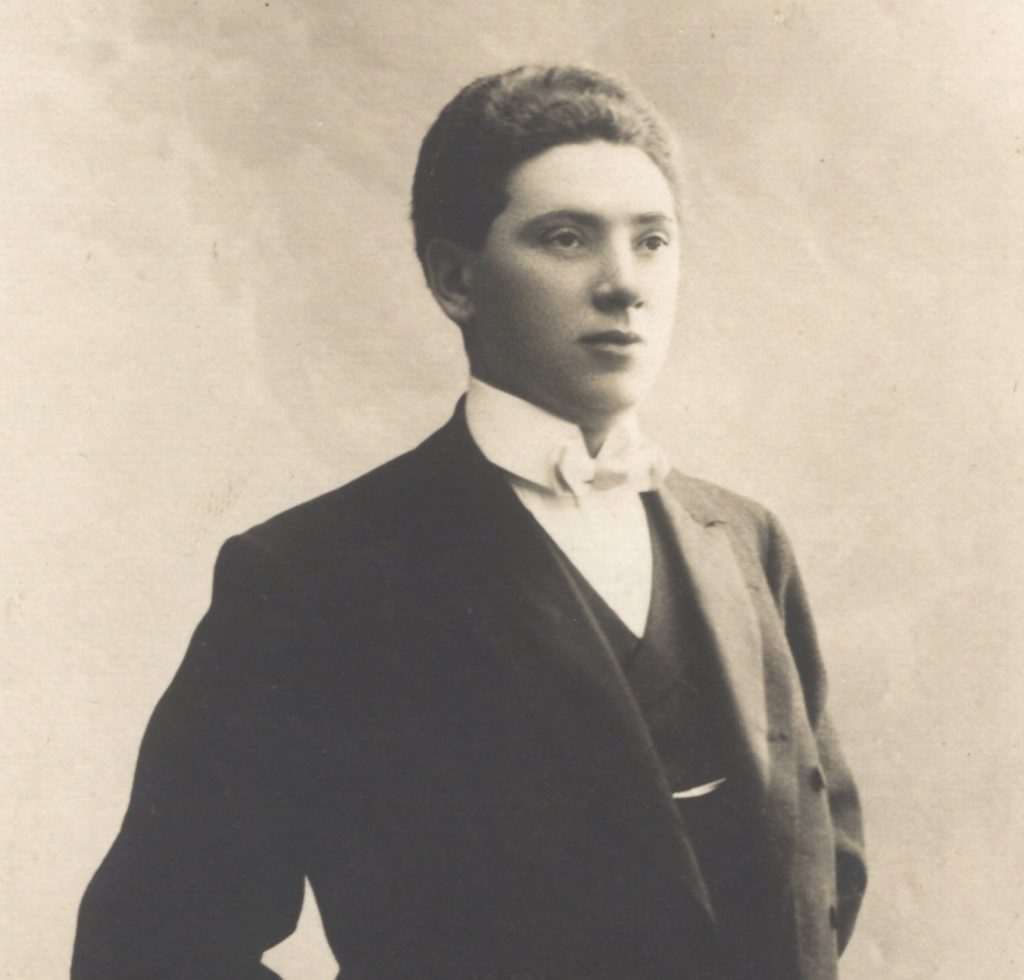
Lev Sibiyakov was born in St Petersburg in 1869 and started his vocal training in choirs before moving to Milan and studying under Rossi. He returned to Russia and sang at various opera houses, before making his debut at the Marinsky (now Kirov) opera in 1895. He later travelled to the United States to perform in a number of operas in Boston, and then to London and eventually Berlin. He was acknowledged as being equal to the best of bel canto singers.
‘Aufenthalt’ or ‘resting place’ is a song about rejected love, based on a poem by Ludwig Rellstab, a German poet. It was composed by Franz Schubert and appears in his ‘Schwanengesang’ (Swan Song), a collection of 14 songs written at the end of his life and published posthumously.
1912 Recording
2023/2024 EMULATIONS
Anna Fraser
A distinguished aspect of Sibiryakov’s tonal approach is his implementation of colouration in distinct areas of his range accentuated at the outer extremes of his registers (voix sombre/clair). Timbral variations with clear delineation between chest/head register qualities), in combination with other expressive features, add tonal depth to greatly enhance and nuance textual elements with the use of flexible laryngeal positions. One section of Sibiryaokv’s recording excludes the second stanza – this was an opportunity to apply indicative ideas combined with discernible expressive consistencies of the Russian baritone to shape and decorate the musical lines according to the poetic setting.
Disregarding evident gender and physiological differences, the embodiment process of ingraining the physical sensation of another singer’s approach to sound production utilises many expressive effects, tonal colorations and an expansive sense of organic bend-and-stretch. It also facilitates the development of a methodology to extrapolate back in time to sound works with no early recording evidence.
Header Image: Cartoon depicting Edison’s phonograph. The phonograph was invented in 1877, for the mechanical recording and reproduction of sound by Thomas Edison. Thomas Edison (1847-1931) an American inventor and businessman. Illustrated by George du Maurier (1834-1896) a Franco-British cartoonist and author. Dated 19th century. (Photo by: Universal History Archive/Universal Images Group via Getty Images)

